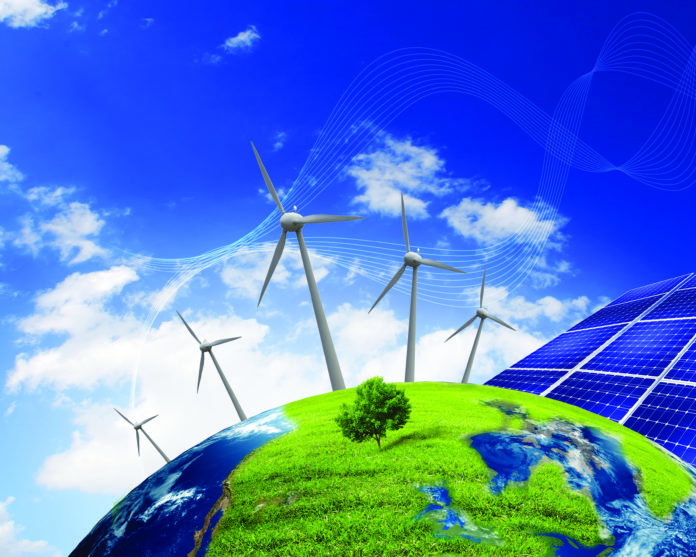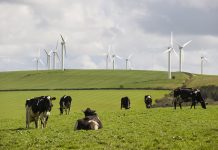Britain has dropped a place to fifth in EY’s twice-yearly Renewable Energy Investment Country Attractiveness index, despite the current wall of money breaking over offshore wind and grid-scale batteries.
Sandwiched between France rising to 4th and Germany, reasons for the slip include Paris’ enthusiasm for floating turbines, including a 750MW park in the Atlantic, readily expandable to 2GW. Today President Macron also prioritised small modular nuclear reactors (SMRs) up to 0.5 GW in his €30 billion France 2030 investment plan.
Hydrogen’s promise, and Whitehall’s moves to embrace it, head Britain’s various enticements for the consultants.
“Green hydrogen production could support (UK) grid flexibility by providing storage solutions for excess generation”, EY judge, skirting Johnson’s non-discrimination between the gas’s methane-derived and wind-electrolysed variants.
“In its August 2021 Hydrogen Strategy, the UK Government said such solutions would provide a wide range of system benefits, as well as an additional route to market for new renewables capacity.
“Coupling this production with storage, including long-duration storage where hydrogen is a lead option, can help integrate hydrogen further …by helping to balance the grid when generation from renewables is higher or lower than demand”, say EY.
Spending here on new subsea cables such as the €1.5 Billion North Sea Link to Norway, and on batteries, catches the consultants’ eye. Brexit has detracted little from either, they imply.
“Interconnectors support the convergence of average energy prices between markets, and are particularly effective in smoothing increasing volatility in supply and pricing”, EY notes. The EU is targeting a 15% EU-wide capability for cross-border power interconnection this decade.
EY’s top three most attractive markets for green cash remain the USA, China and India, in unchanged order.
Outranking every other top 20 nation for offshore generation allure, the study’s score of 61.4% confirms the UK’s reputation as the ‘Saudi Arabia of wind’. An investment pipeline rated at around 50GW means Britain will likely far exceed its 40GW generation goal for 2030.
The consortium’s 2GW West of Orkney Windfarm is a contender in this winter’s ScotWind leasing round.
“Projects with substantial capacity factors, such as the West of Orkney Windfarm could deliver highly competitive power to facilities like the Flotta Hydrogen Hub which could, in turn, supply demand for hydrogen both nationally and internationally”, said Mike Hay, RIDG’s commercial director.
Total is also celebrating 2,000 tonne foundations being laid this week on the seabed 14 miles off Angus for the first of 114 turbines in Seagreen, its £3 billion, 1.1GW offshore wind park, Britain’s biggest, co-developed with SSE Renewables.




